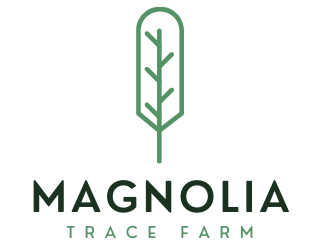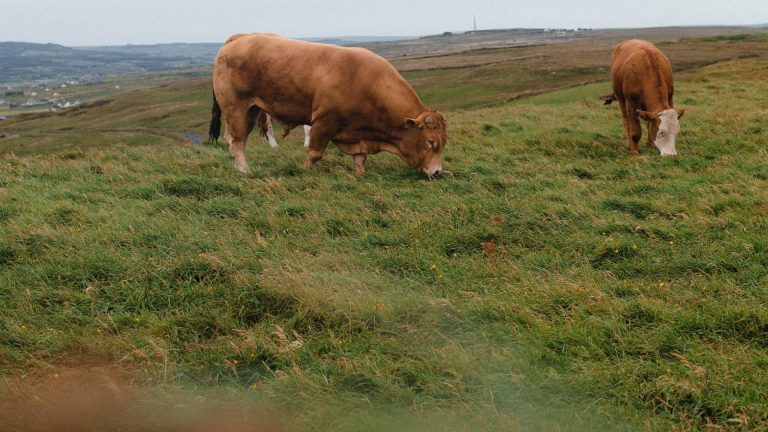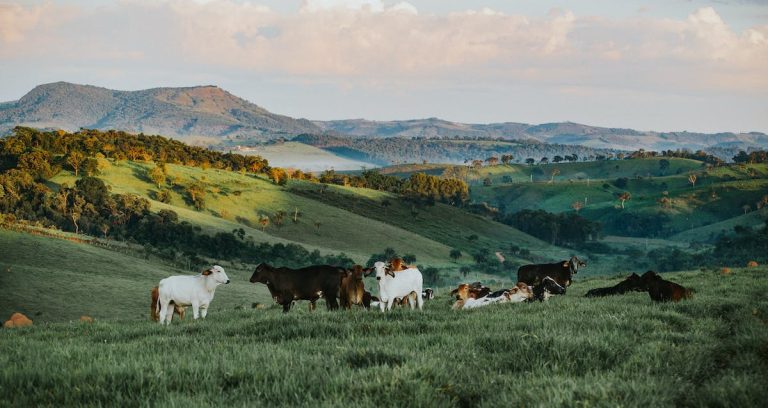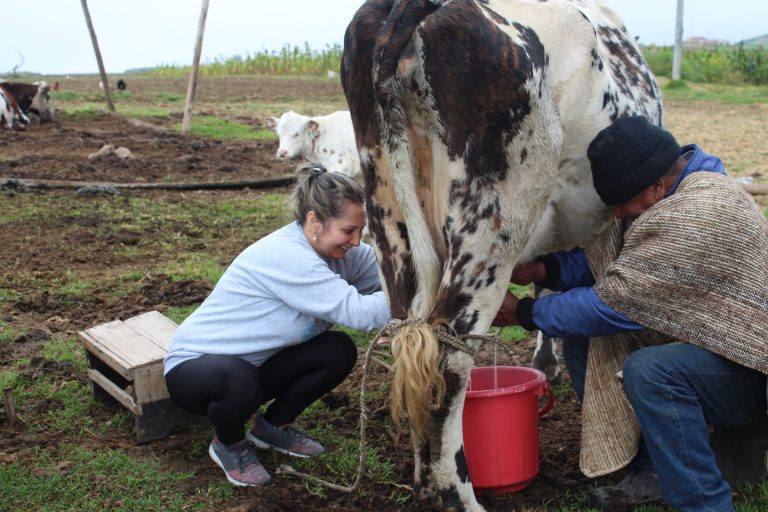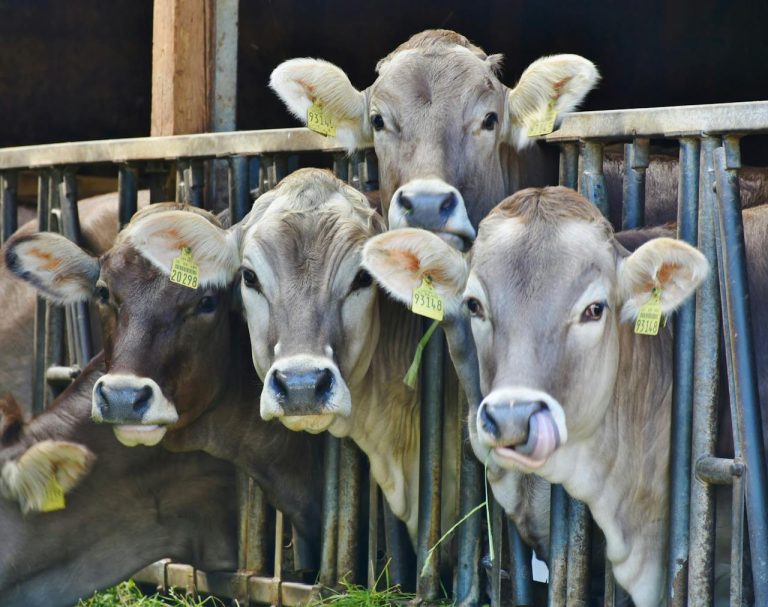Effective Herd Management for Cattle Farmers In 2023
Effective herd management is crucial for cattle farmers to ensure the overall health, productivity, and profitability of their herds.
By implementing proper herd management practices, farmers can optimize the well-being of their cattle, improve breeding and reproduction outcomes, and enhance the overall efficiency of their operations.
Implementing effective herd management practices can have numerous benefits for cattle farmers. Some of the key advantages include:
- Improved herd health: By closely monitoring the health of the herd and promptly addressing any issues, farmers can prevent the spread of diseases and minimize the risk of illness among their cattle.
- Enhanced reproductive performance: Proper herd management techniques, such as selecting suitable breeding stock and managing the breeding cycle, can significantly improve reproductive efficiency and increase the number of healthy calves born each year.
- Optimized nutrition: Through careful nutritional management, farmers can ensure that their cattle receive a balanced diet, leading to improved growth rates, better weight gain, and overall healthier animals.
- Increased productivity: Effective herd management practices can result in higher milk production, better meat quality, and increased overall productivity of the herd.
- Cost savings: By implementing efficient pasture management strategies and optimizing resource utilization, farmers can reduce feed costs and minimize wastage, leading to significant cost savings.
Understanding Herd Management
Herd management is the practice of overseeing and controlling the activities and well-being of a group of cattle within a farm or ranch.
It involves a range of tasks and responsibilities aimed at ensuring the overall health, productivity, and profitability of the herd.
Effective herd management is essential for cattle farmers as it directly impacts the success of their operations.
Animal husbandry plays a crucial role in herd management. It encompasses various practices and techniques that focus on the care, breeding, and overall management of livestock. In the context of herd management, animal husbandry involves tasks such as providing proper nutrition, monitoring health, implementing breeding programs, and maintaining records.
Ranch management and herd management are closely intertwined. Ranch management refers to the overall management of the farm or ranch, including land and resources. Effective ranch management is essential for successful herd management as it provides the necessary infrastructure, resources, and planning to support the well-being and productivity of the cattle.
Here is an example to illustrate the link between ranch management and effective herd management:
Imagine a ranch with limited grazing land and inadequate pasture management. The cattle may not have access to sufficient forage, leading to poor nutrition and reduced productivity. In this scenario, implementing proper ranch management practices, such as rotational grazing and pasture improvement, can significantly enhance the availability and quality of grazing areas, resulting in improved herd health and productivity.
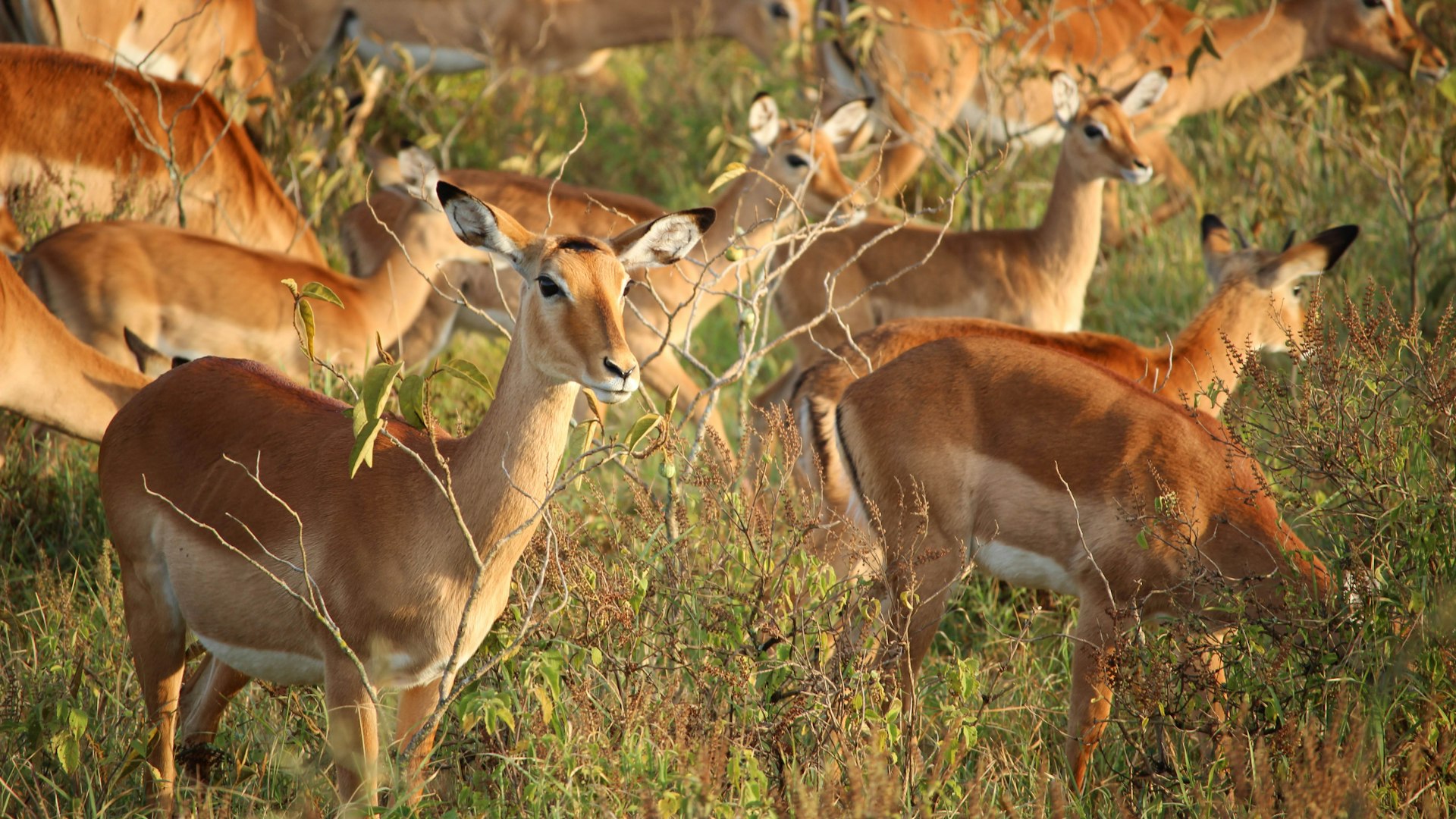
Assessing Herd Health
Monitoring and maintaining the health of the cattle herd is of utmost importance in effective herd management.
Healthy cattle are more productive, have better reproductive outcomes, and are less prone to diseases.
Regular assessment and proactive measures can help prevent health issues and ensure the overall well-being of the herd.
Regular veterinary check-ups and vaccinations are essential components of herd management. Veterinarians play a crucial role in assessing the health of the cattle, providing necessary vaccinations, and offering guidance on disease prevention and treatment. These check-ups allow for early detection of any potential health issues and enable prompt intervention.
Vaccinations are vital in preventing the spread of infectious diseases among the herd. They help build immunity and protect the cattle from common diseases such as bovine respiratory disease, clostridial diseases, and infectious bovine rhinotracheitis.
Vaccination schedules may vary depending on the region, herd size, and specific disease risks. Consulting with a veterinarian is crucial to determine the appropriate vaccination program for the herd.
Identifying and addressing common health issues in cattle is essential for maintaining herd health. Some common health issues include:
- Parasite infestations: Internal and external parasites can cause significant health problems in cattle. Regular deworming and implementing parasite control measures are necessary to prevent infestations.
- Respiratory diseases: Bovine respiratory diseases, such as pneumonia, can have a severe impact on the health and productivity of the herd. Proper ventilation, minimizing stress, and timely treatment are crucial in preventing and managing respiratory diseases.
- Metabolic disorders: Conditions like acidosis, ketosis, and milk fever can affect the overall health and productivity of the herd. Proper nutrition, balanced diets, and monitoring feed intake can help prevent these disorders.
- Lameness: Lameness can be caused by various factors, including hoof infections, injuries, and poor hoof health. Regular hoof trimming, maintaining clean and dry bedding, and providing proper flooring can help prevent lameness.
Regular observation and monitoring of the herd can help identify any signs of illness or distress. It is important to promptly address any health issues by consulting with a veterinarian and following their recommended treatment protocols.

Nutritional Management
Proper nutrition is vital for maintaining a healthy and productive cattle herd. A well-balanced diet ensures that the cattle receive the necessary nutrients for growth, reproduction, and overall well-being.
Nutritional management involves providing the right combination of feed and optimizing grazing/pasture management to meet the specific needs of the herd.
A balanced diet is essential for cattle as it directly impacts their growth, milk production, and overall health.
The diet should consist of a combination of roughage (such as hay or pasture) and concentrate feeds (such as grains or protein supplements).
The specific nutritional requirements may vary depending on factors such as age, breed, stage of production, and environmental conditions.
Grazing and pasture management play a crucial role in providing adequate nutrition to the herd.
Proper pasture management involves rotational grazing, which allows for optimal utilization of available forage and prevents overgrazing.
This practice helps maintain the quality and quantity of the grazing areas, ensuring a continuous supply of nutritious forage for the cattle.
Formulating a nutrition plan for the herd requires careful consideration of various factors. These include:
- Nutrient requirements: Understanding the specific nutrient requirements of the herd based on their age, stage of production, and breed.
- Forage analysis: Conducting regular forage analysis to determine the nutritional content of the available pasture or hay. This helps identify any deficiencies or excesses in the diet.
- Supplemental feeding: Assessing the need for supplemental feeding and selecting appropriate concentrate feeds or protein supplements to meet the nutritional requirements of the herd.
- Feeding management: Establishing a feeding schedule and ensuring proper feed storage and handling practices to maintain feed quality and prevent spoilage.
Consulting with a nutritionist or an agricultural extension specialist can provide valuable guidance in formulating a nutrition plan tailored to the specific needs of the herd.
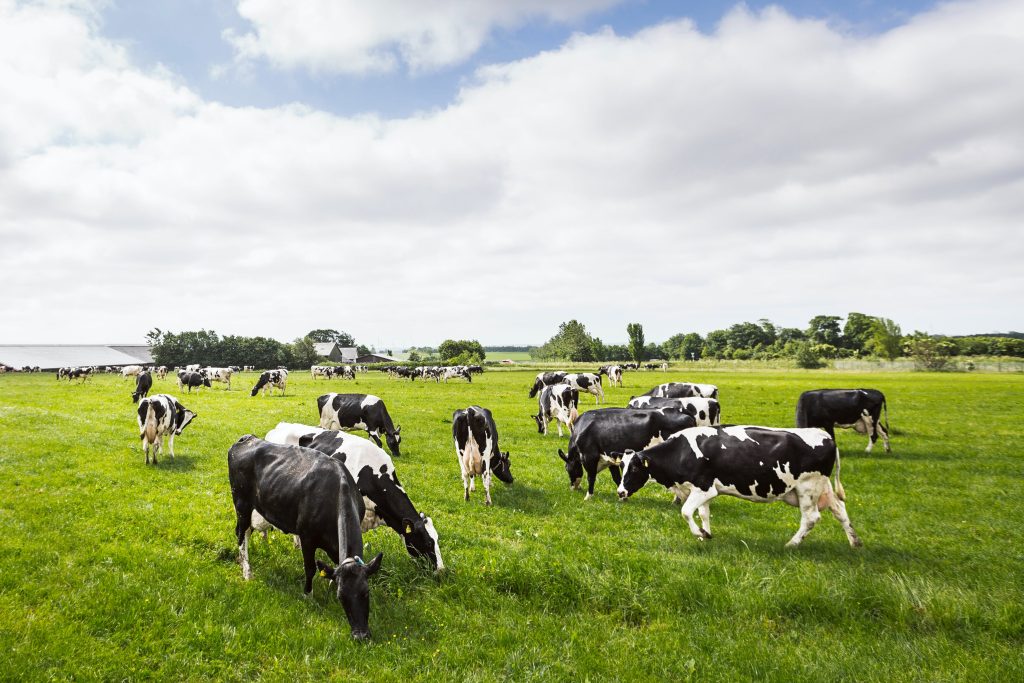
Nutritional Management
Breeding and Reproduction
Breeding and reproduction are critical aspects of herd management as they directly impact the genetic quality and productivity of the cattle herd.
Effective breeding practices and reproductive management techniques are essential for achieving desired breeding outcomes and maintaining a healthy and productive herd.
The selection of suitable breeding stock is crucial for herd improvement. It involves choosing animals with desirable traits such as high milk production, good conformation, and disease resistance.
Selecting superior breeding stock helps improve the overall genetic potential of the herd and ensures the transmission of desirable traits to future generations.
Maintaining accurate breeding records is essential for effective herd management. Breeding records help track the reproductive history of individual animals, including breeding dates, calving dates, and any reproductive issues.
These records enable farmers to identify animals with optimal reproductive performance and make informed decisions regarding breeding strategies.
Managing the breeding cycle is vital for optimizing reproductive efficiency. This involves closely monitoring the estrus cycle of the cows and implementing appropriate breeding techniques.
Techniques such as artificial insemination (AI) and natural mating can be used depending on the specific goals and resources of the farm.
Optimizing reproductive efficiency also involves ensuring proper nutrition and health management during the breeding period.
Providing adequate nutrition and minimizing stress can enhance fertility rates and increase the chances of successful pregnancies.
Implementing synchronization programs can help streamline the breeding process and improve reproductive outcomes.
These programs involve manipulating the estrus cycle of the cows to synchronize their breeding and calving dates.
This allows for better herd management and facilitates efficient management of labor and resources.
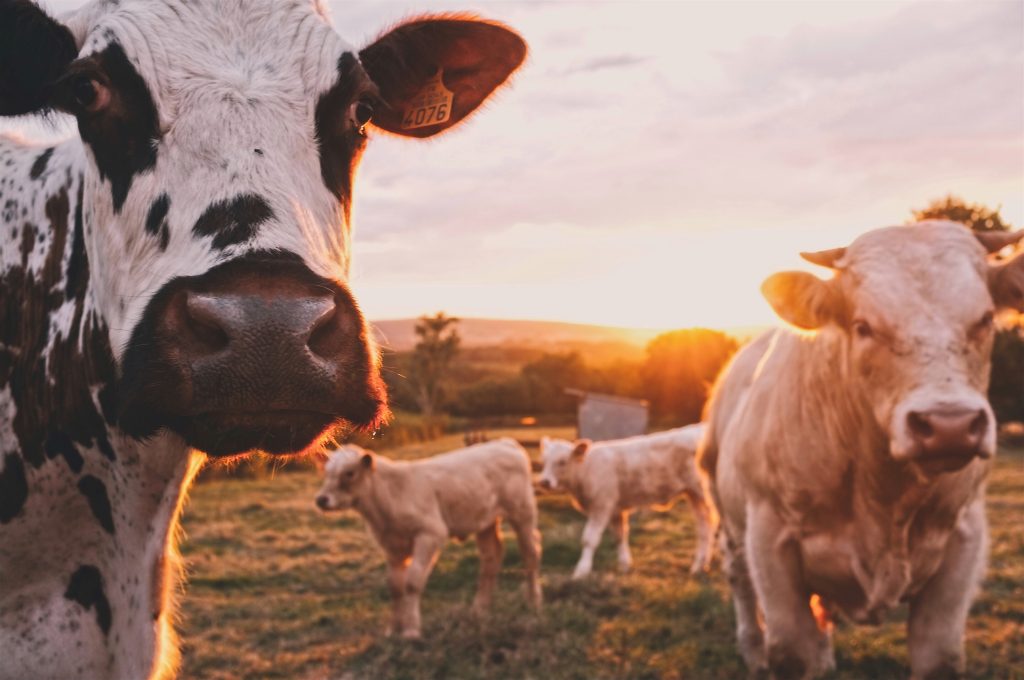
Breeding and Reproduction
Grazing and Pasture Management
Effective grazing and pasture management are crucial components of herd management. Proper management of grazing areas and pastures ensures that the cattle have access to high-quality forage, which directly impacts their nutrition, health, and overall productivity.
Grazing management involves strategically controlling the movement of the cattle within the grazing areas.
One commonly used technique is rotational grazing, where the pasture is divided into smaller paddocks or sections. The cattle are rotated between these sections, allowing for adequate rest and regrowth of the forage.
Rotational grazing offers several benefits for both the cattle and the pasture. Some of these benefits include:
- Improved forage utilization: Rotational grazing ensures that the cattle have access to fresh, high-quality forage. By moving the cattle to different sections, the grazed areas have time to recover and regrow, resulting in more efficient forage utilization.
- Enhanced pasture productivity: Proper grazing management stimulates the growth of desirable forage species and helps control the growth of weeds. This leads to increased pasture productivity and improved carrying capacity.
- Reduced risk of overgrazing: Overgrazing can have detrimental effects on pasture health and productivity. Rotational grazing helps prevent overgrazing by allowing for adequate rest periods, ensuring the long-term sustainability of the pasture.
- Better nutrient distribution: Rotational grazing allows for more even distribution of cattle waste across the pasture. This helps recycle nutrients back into the soil, improving soil fertility and overall pasture health.
Maintaining pasture quality is essential for effective grazing management. Regular soil testing can help determine the nutrient content of the soil and identify any deficiencies or imbalances.
Based on the soil test results, appropriate fertilization and soil amendment strategies can be implemented to optimize pasture growth and quality.
Preventing overgrazing is crucial for maintaining the health and productivity of the pasture. Monitoring the grazing intensity and adjusting stocking rates based on the carrying capacity of the pasture can help prevent overgrazing.
Implementing fencing and water management strategies can also aid in controlling grazing patterns and preventing damage to sensitive areas.
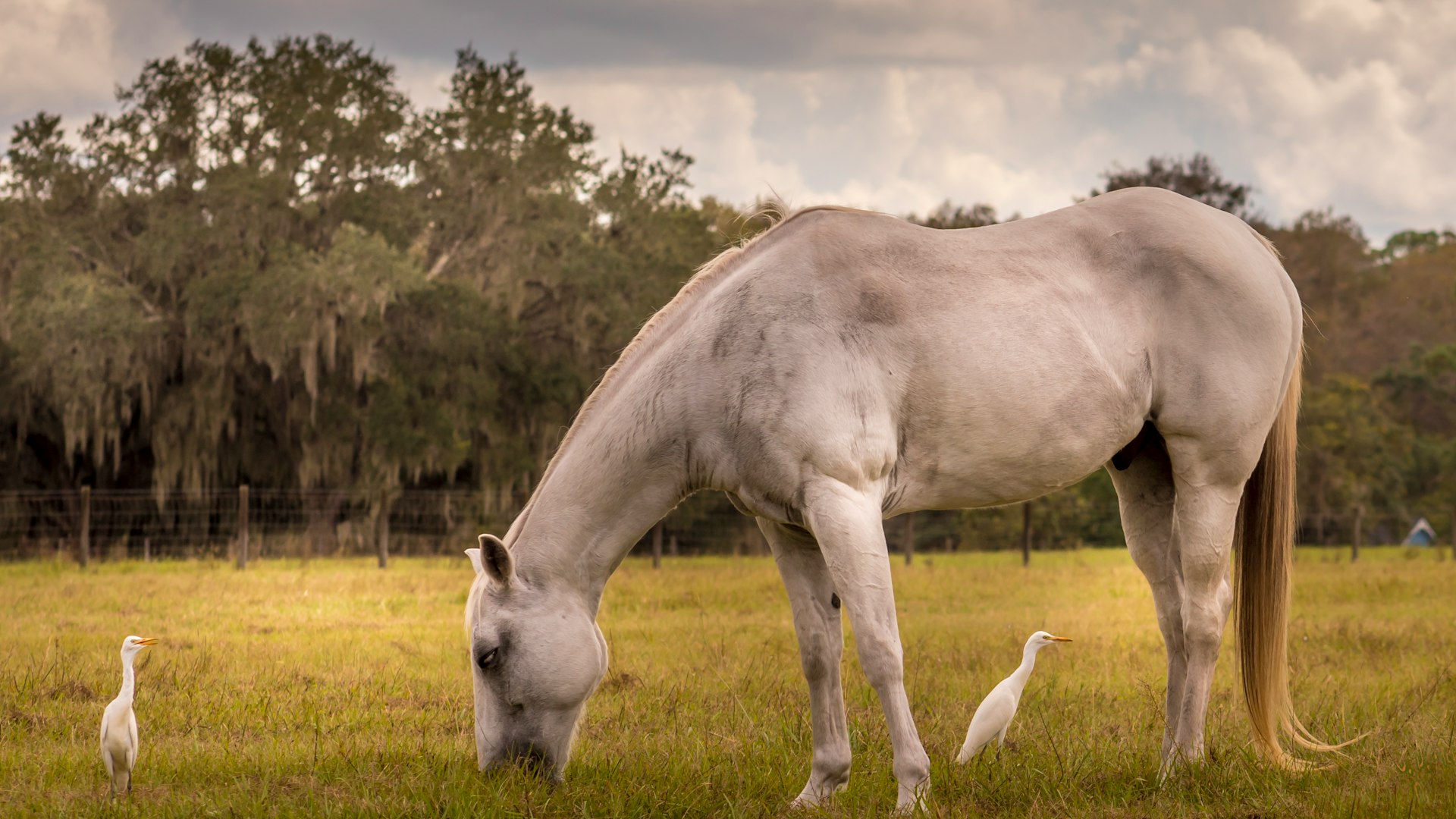
Record-keeping and Data Management
Maintaining accurate records is of utmost importance in effective herd management. Keeping detailed and organized records allows cattle farmers to make informed decisions, track the performance of the herd, and identify areas for improvement. It provides valuable insights into the health, productivity, and overall management of the cattle.
There are various types of data that should be recorded and tracked in herd management. Some key data points include:
- Individual animal records: This includes information such as identification numbers, birth dates, breeding history, health records, and any treatments or medications administered to individual animals.
- Reproductive records: Keeping track of breeding dates, calving dates, and any reproductive issues is crucial for managing the breeding program and monitoring the reproductive performance of the herd.
- Health records: Recording vaccinations, deworming schedules, veterinary visits, and any health issues or treatments helps monitor the overall health of the herd and identify patterns or trends.
- Feed and nutrition records: Keeping records of feed types, quantities, and feeding schedules helps ensure proper nutrition and allows for adjustments based on the specific needs of the herd.
- Financial records: Tracking expenses, income, and other financial aspects of herd management provides insights into the profitability of the operation and helps with budgeting and financial planning.
Efficient data management is essential for maintaining accurate and accessible records. Utilizing technology and software can greatly streamline the record-keeping process.
There are various software applications and online platforms available specifically designed for herd management. These tools allow for easy data entry, organization, and analysis, saving time and reducing the chances of errors.
When selecting a data management system, it is important to consider the specific needs and resources of the farm.
Look for software that offers features such as data synchronization across devices, customizable data fields, and reporting capabilities.
Additionally, ensuring data security and backup measures are in place is crucial to protect valuable information.

Frequently Asked Questions (FAQ)
How often should I conduct veterinary check-ups for my cattle herd?
Regular veterinary check-ups are essential for maintaining the health and well-being of your cattle herd. The frequency of check-ups may vary depending on factors such as the size of your herd, the age of the animals, and any specific health concerns.
As a general guideline, it is recommended to have a veterinarian visit at least once or twice a year for routine check-ups, vaccinations, and preventive care.
However, it is important to consult with your veterinarian to determine the appropriate check-up schedule based on your specific circumstances.
What are some common health issues that can affect cattle herds?
Cattle herds can be susceptible to various health issues. Some common health problems include respiratory diseases, such as pneumonia; gastrointestinal issues, such as bloat or acidosis; reproductive disorders, such as infertility or dystocia; and metabolic disorders, such as ketosis or milk fever. Parasite infestations, lameness, and nutritional deficiencies are also common concerns.
Regular monitoring, proper nutrition, vaccination programs, and prompt veterinary care can help prevent and manage these health issues.
How can I ensure a balanced diet for my cattle?
Ensuring a balanced diet for your cattle is crucial for their overall health and productivity. Here are some tips to achieve a balanced diet:
- Provide a combination of roughage (such as hay or pasture) and concentrate feeds (such as grains or protein supplements) to meet their nutritional needs.
- Conduct regular forage analysis to determine the nutritional content of the available pasture or hay. This helps identify any deficiencies or excesses in the diet.
- Consult with a nutritionist to formulate a nutrition plan tailored to the specific needs of your herd.
- Ensure access to clean and fresh water at all times.
- Monitor feed intake and adjust the diet as needed to maintain optimal body condition.
What factors should I consider when selecting breeding stock?
When selecting breeding stock for your herd, several factors should be considered:
- Desirable traits: Look for animals with traits that align with your breeding goals, such as high milk production, good conformation, and disease resistance.
- Genetic background: Consider the genetic background of the animals to ensure genetic diversity and avoid inbreeding.
- Health and fertility: Choose animals with a history of good health and reproductive performance.
- Temperament: Consider the temperament of the animals, as docile and easy-to-handle cattle are generally preferred.
- Source and reputation: Purchase breeding stock from reputable breeders or farms with a track record of producing quality animals.
How can I prevent overgrazing in my pastures?
Preventing overgrazing is crucial for maintaining the health and productivity of your pastures. Here are some tips to prevent overgrazing:
- Implement rotational grazing techniques, dividing the pasture into smaller paddocks and rotating the cattle between them.
- Monitor the grazing intensity and adjust stocking rates based on the carrying capacity of the pasture.
- Provide alternative forage sources, such as hay or silage, during periods of limited pasture availability.
- Implement fencing and water management strategies to control grazing patterns and prevent damage to sensitive areas.
- Regularly assess pasture health and implement pasture improvement practices, such as reseeding or fertilization, to maintain optimal forage growth.
